Search

Getting to the Bottom of Cattle Lameness Cases: Diagnosis
Making the right decisions about how to deal with a lame animal depends on how accurately the cause of the lameness can be diagnosed and localized.
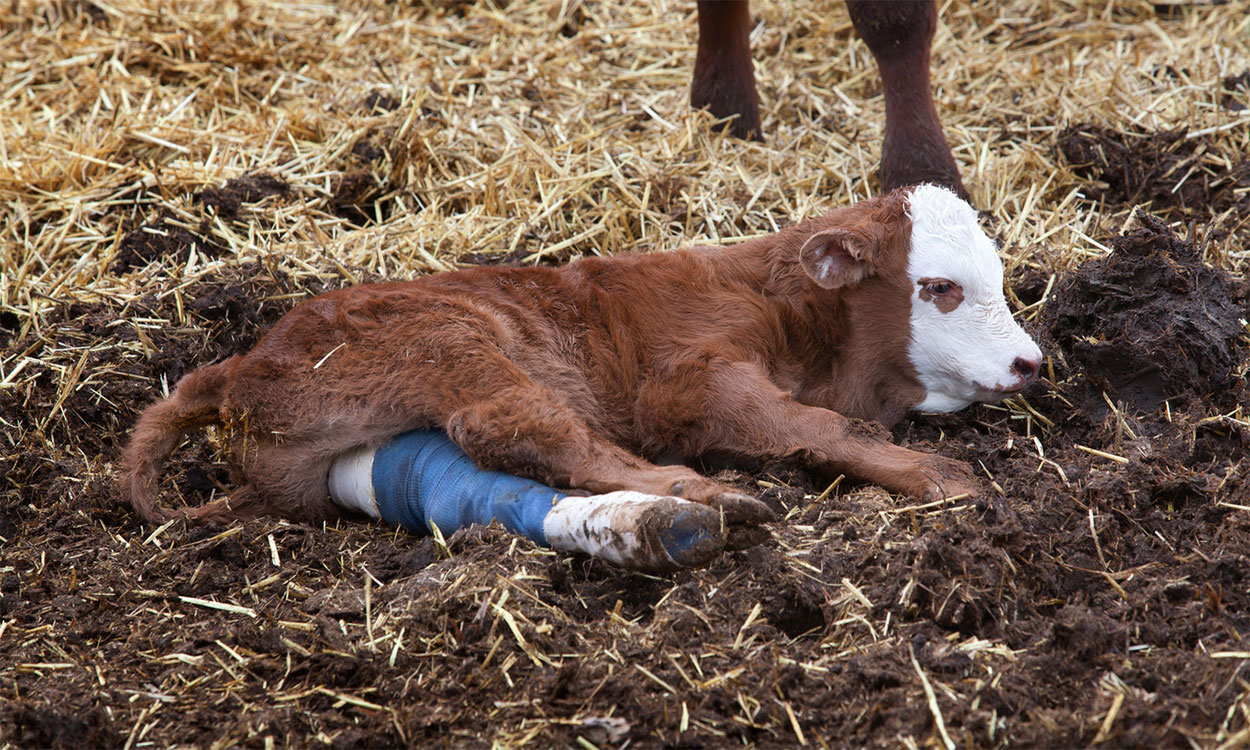
Treating Lameness in Cattle
Successfully treating most cases of cattle lameness usually involves more than a simple injection of antibiotics. Knowing the best intervention for a particular animal starts with a good diagnosis of the problem.
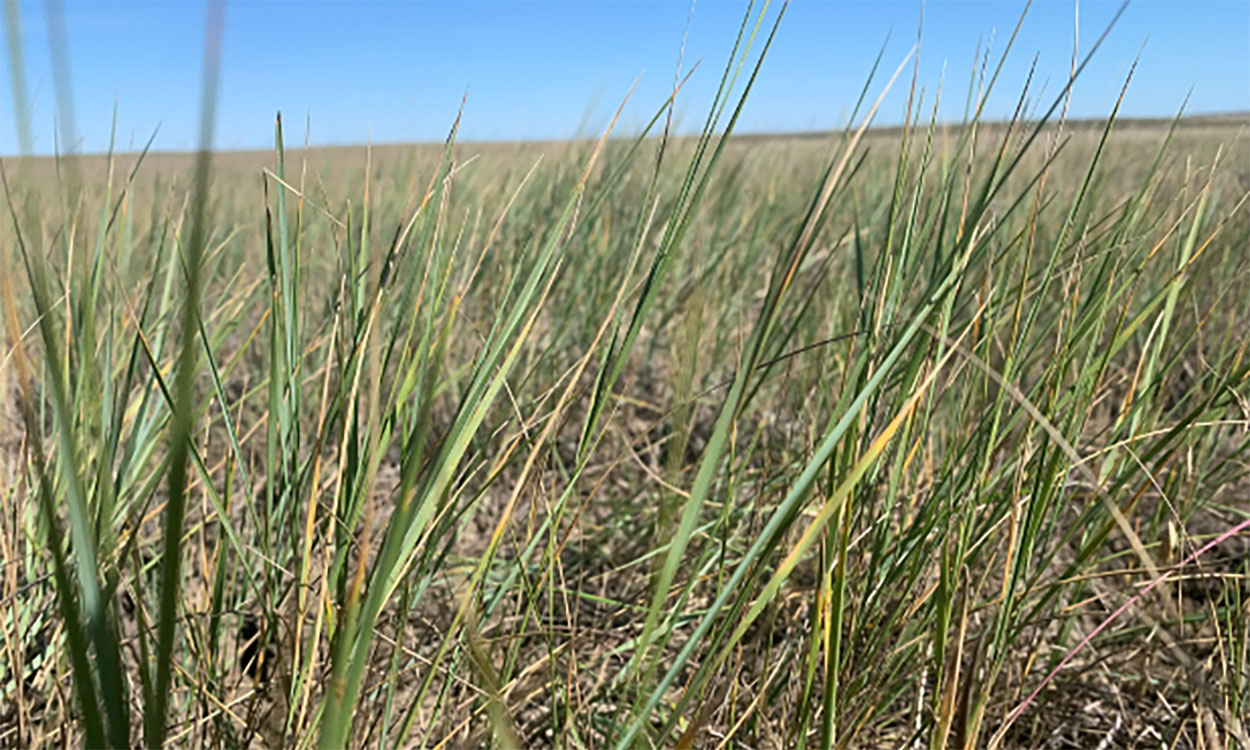
Options for Spring Turnout
Every year at green-up, grass managers must make decisions about when and where to begin grazing. Several options are available depending on pasture resources, stored feed resources and the ability to be flexible.
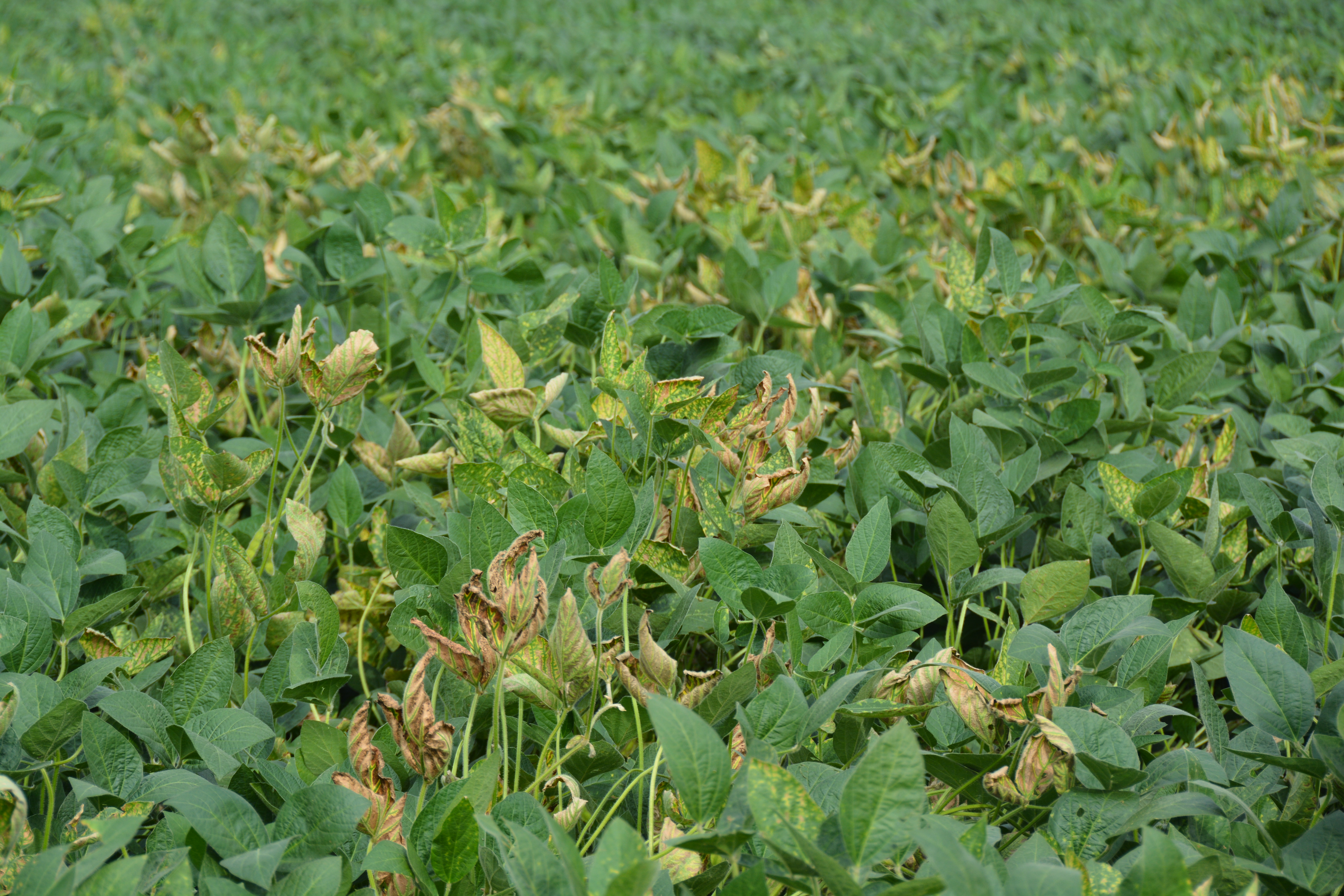
Plant Disease Management Decisions to Make Before Planting
For most plant diseases, in-season management choices are very limited. In fact, there are no in-season management options available for diseases caused by nematodes, viruses, and bacteria.
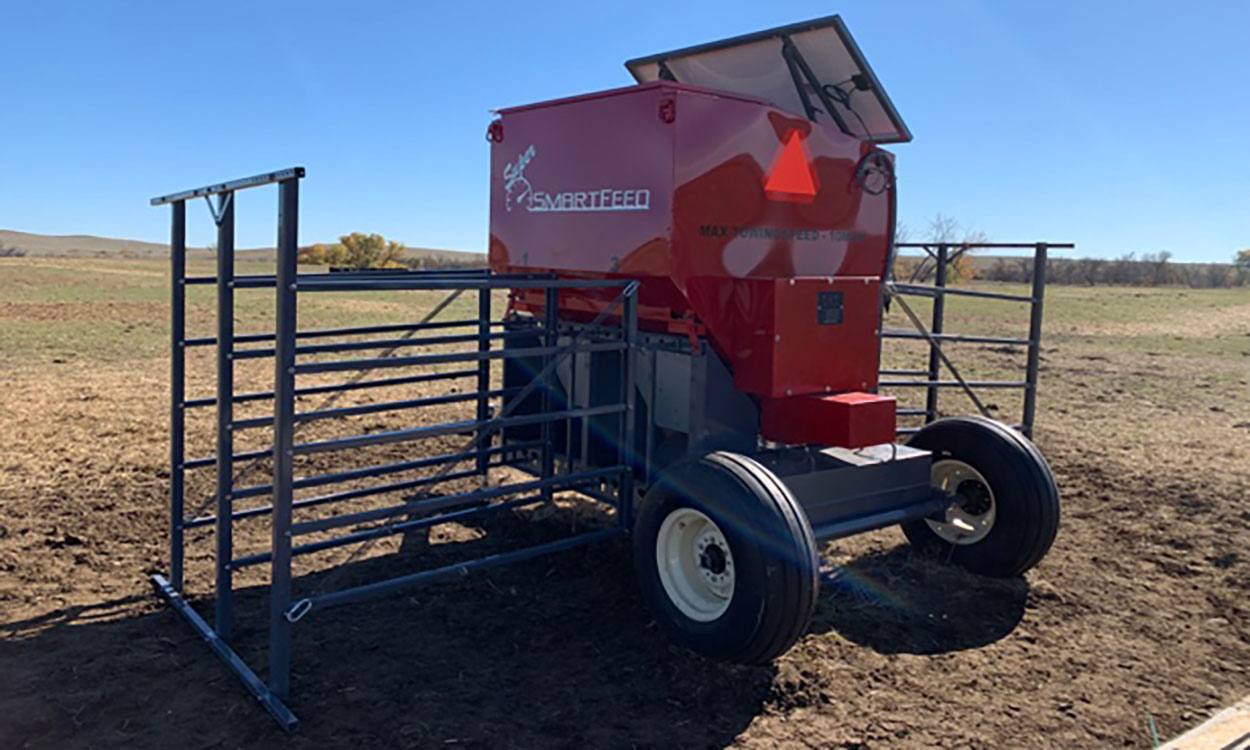
Range Roundup: Heifer Development With Precision Supplementation
In a recent research project, a Super SmartFeed Producer was used in conjunction with two SmartScales for precision heifer supplementation and development. Learn what this technology has to offer for ranching operations.
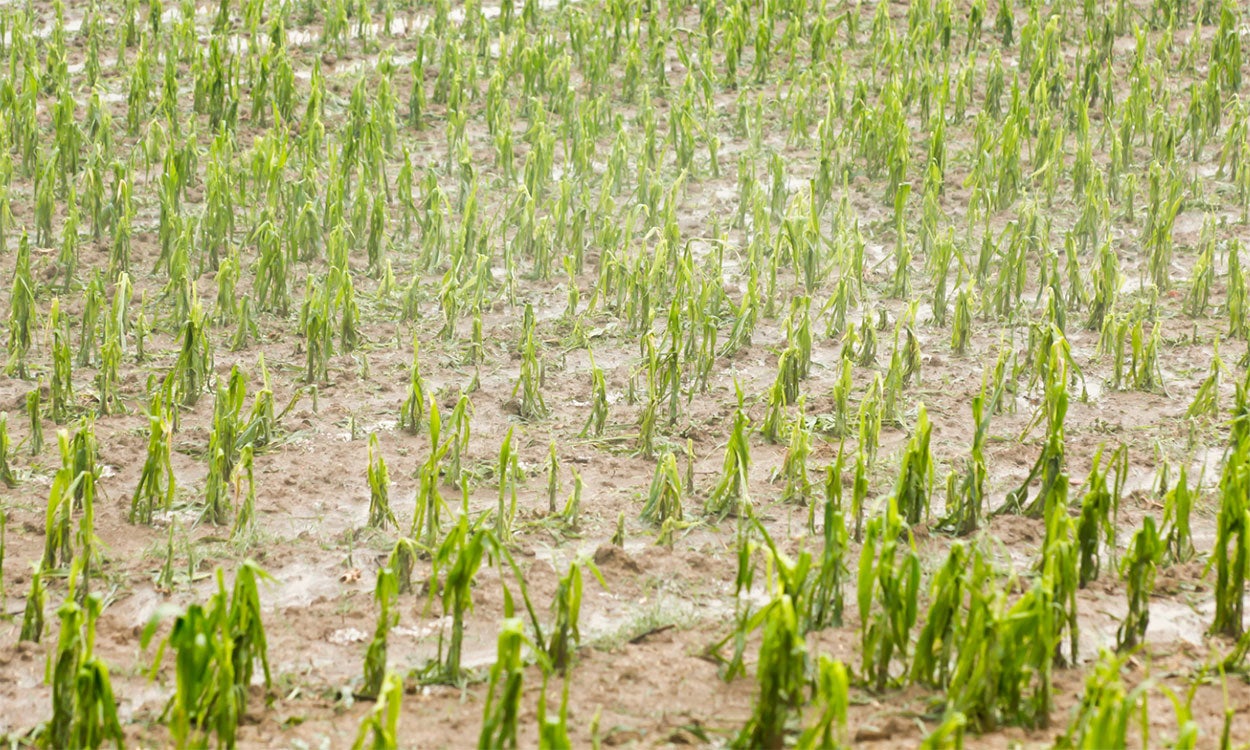
Are Fungicides Needed on Crops Damaged by Wind, Sand Blasting or Hail?
When extreme weather brings hail and sand blasting to fields, many growers wonder if a fungicide application is needed afterwards to protect wounded plants from bacterial diseases.
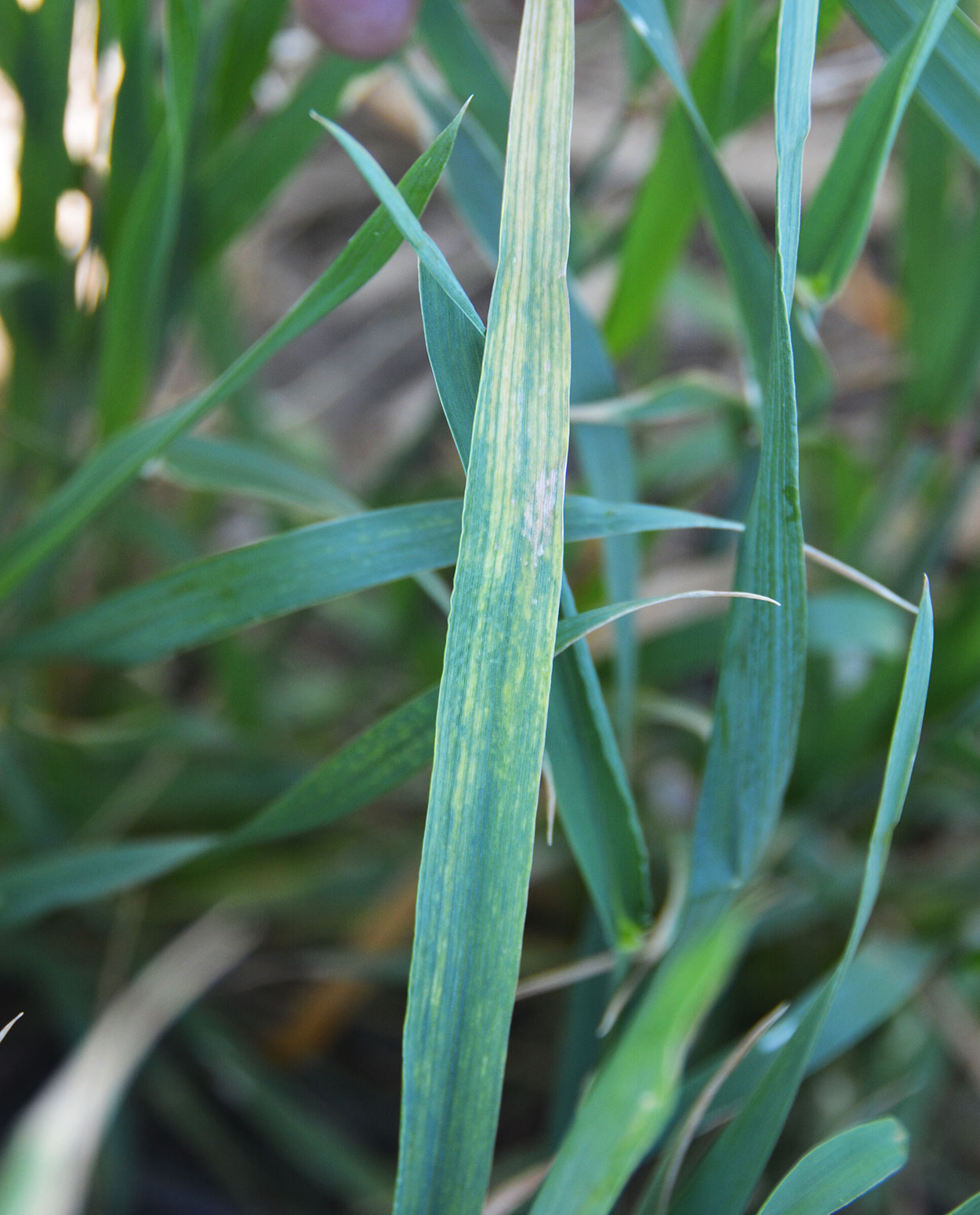
Wheat Streak Mosaic Virus Showing Up in Fields
Wheat streak mosaic virus is a viral disease, which has been found in samples recently sent into the SDSU Plant Diagnostic Clinic. Learn how to identify it before it takes a toll on wheat crops.
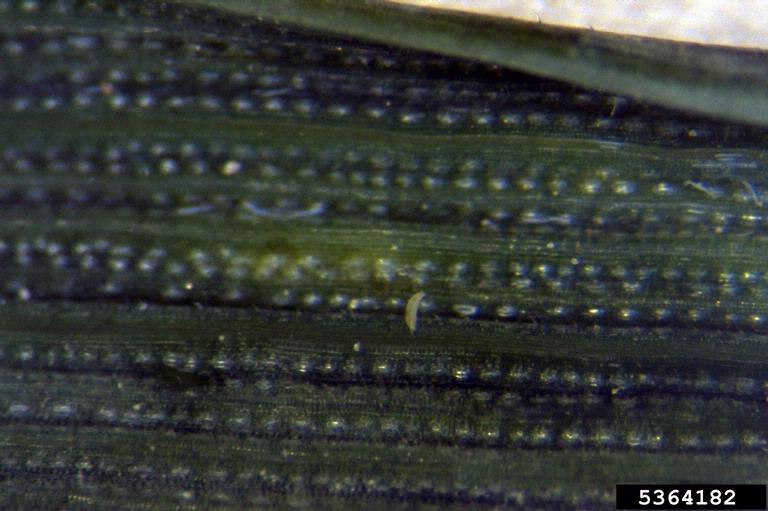
Managing Wheat Curl Mite
Wheat curl mite is one of the more difficult pests to manage in wheat. This is in part due to the limited options available for preventing populations from infesting a field and rapidly reproducing.

Growth Stages of Wheat
Management decisions in wheat production are almost always based on growth stages of the crop. So it is important for wheat producers to be familiar with these growth stages.

Using Annual Cover Crops and Forages in Lieu of Row Crops
Although there are many factors to take into consideration, annual forages and cover crops can be an excellent tool to mitigate challenging planting seasons.